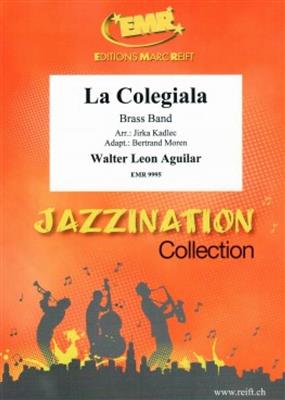We've found 475 matches for your search. Order by
Results
-
 £124.10
£124.10La Vita E Bella - Nicola Piovani - Kabat
Estimated dispatch 5-14 working days
-
 £116.10
£116.10La Dolce Vita - Nino Rota - Kabat
Estimated dispatch 5-14 working days
-
 £144.00
£144.00La citta delle donne - Luis Bacalov - Kabat
Estimated dispatch 5-14 working days
-
 £76.00
£76.00La Leyenda Del Beso - Reveriano Soutullo - John Glenesk Mortimer
Estimated dispatch 5-14 working days
-
 £68.00
£68.00La Alhambra - Francisco Tárrega - John Glenesk Mortimer
Estimated dispatch 5-14 working days
-
 £92.00
£92.00La Fiesta Se Calienta - Serge Gauya - Jirka Kadlec
Estimated dispatch 5-14 working days
-
 £92.00
£92.00La Colegiala - Walter Leon Aguilar - Jirka Kadlec
Estimated dispatch 5-14 working days
-
 £92.00
£92.00La Vida Loca - Jérôme Naulais - Bertrand Moren
Estimated dispatch 5-14 working days
-
£104.99
La Scala - Carl Wittrock
Estimated dispatch 5-14 working days
-
 £90.30
£90.30
